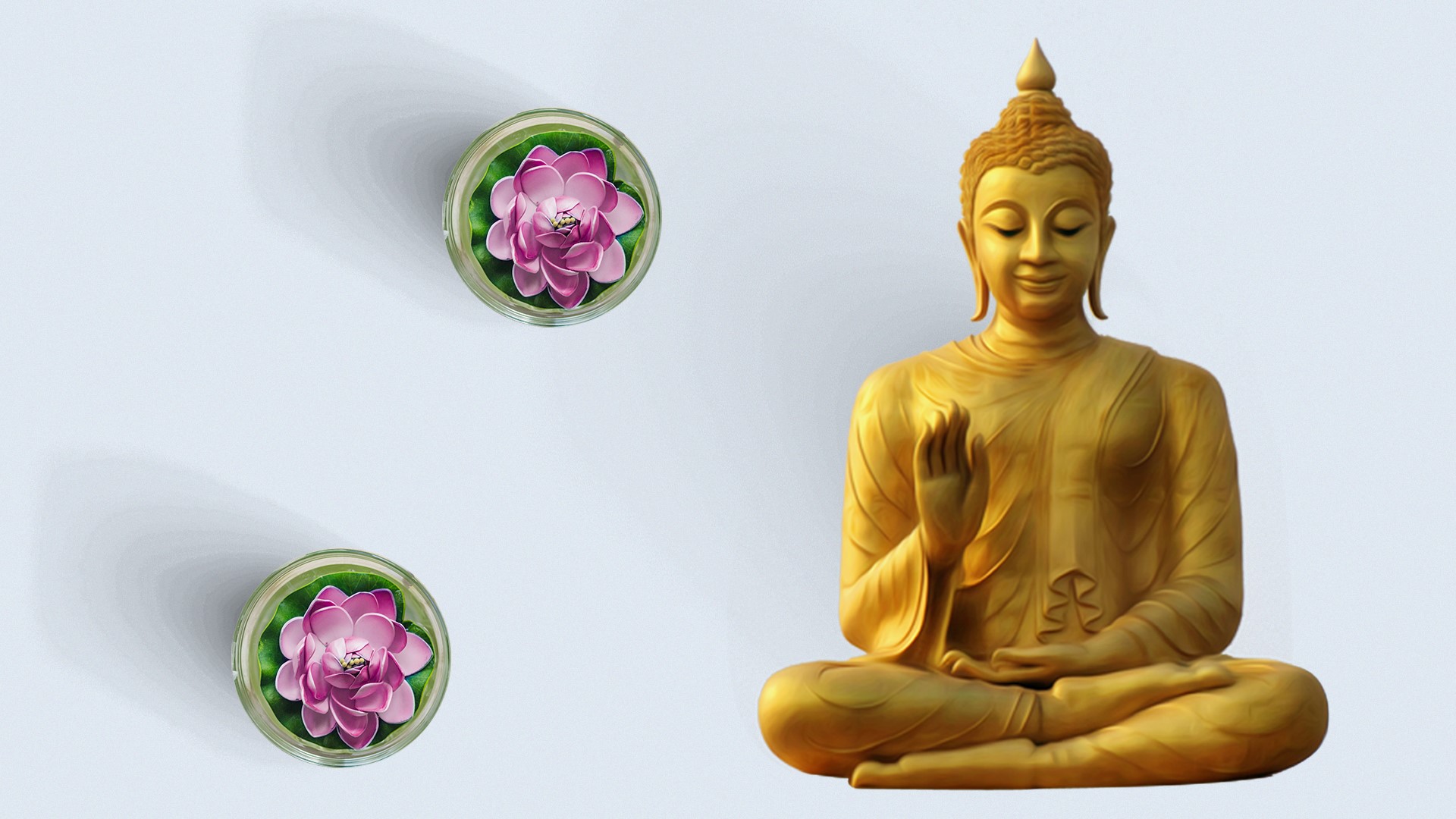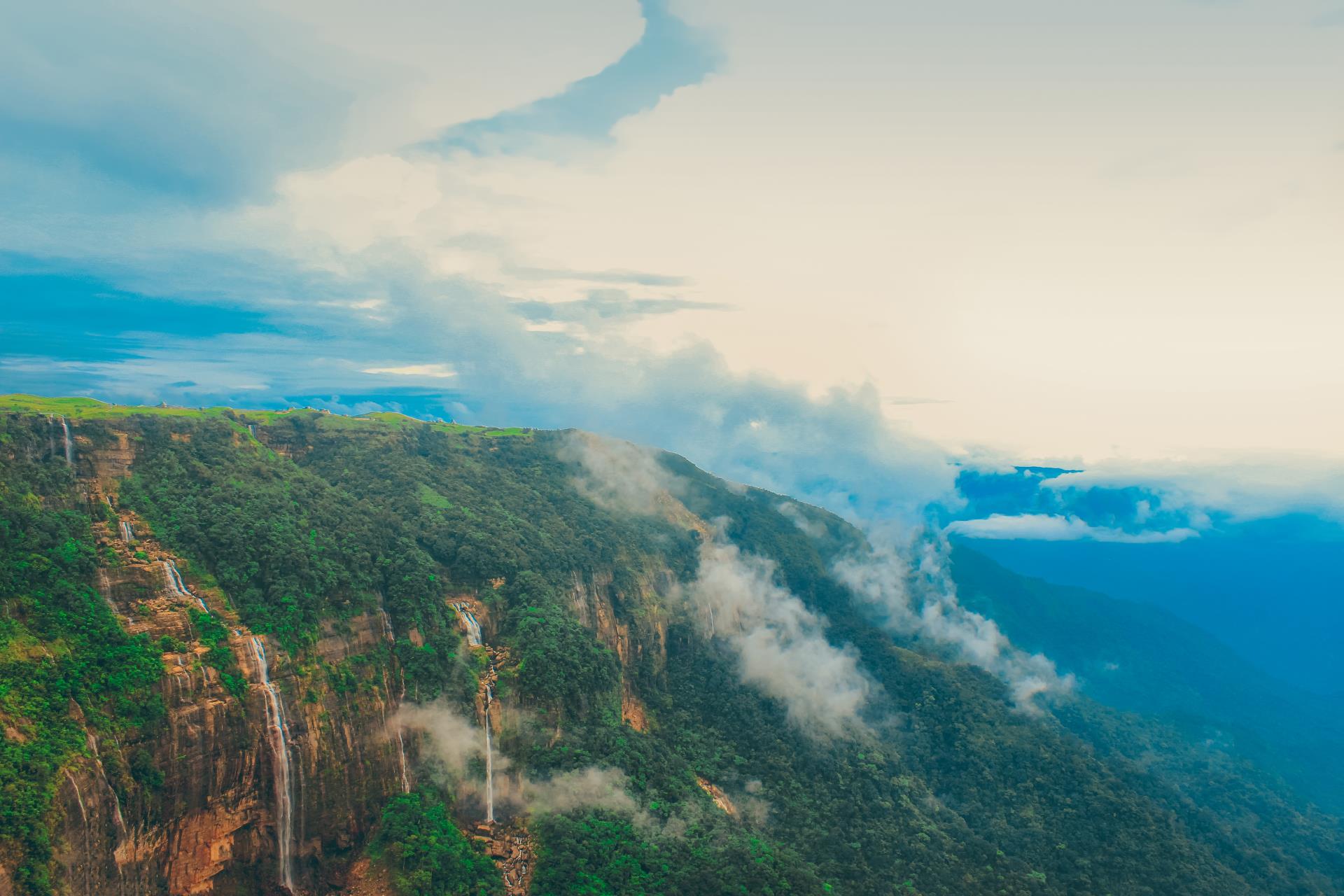
Sorry, we couldn't find anything that matches your search.
Destination

Famous Places to Explore in Hyderabad
A vibrant city with the imposing...

Raipur Tourist Places | Best Place to Visit
The stronghold of several erstwhile...

Ahmedabad
Declared as India's first UNESCO World...
#
One of its kind in India and the third in the world, the Namgyal Institute houses the largest collection of Tibetan works outside of Tibet. The institute houses a museum, a research centre and a library, and is based in Deorali, south of Gangtok, 5 km away.
NIT houses over 200 Buddhist icons and artefacts. The institute was established for the study of Mahamayan Buddhism and its philosophy, and Tibetan culture. It showcases traditional Tibetan architecture and has a vast collection of Lepcha, Tibetan and Sanskrit manuscripts and statues, along with some rare thankas (tapestries used in Buddhist worship). The library and the reference centre hold vast literature on Tibetan practices and on the Himalayas.
The museum on the ground floor contains such unique manuscripts as Prajna Paramita and Astasahastra written in Tibetan golden script, and an 11th-century palm leaf manuscript of the Saratama Prajnaparamita by Ratnakara Shanti, among others. While these manuscripts are precious, the most prized possession of the museum is a casket holding the relics of two celebrated Asokan missionaries, Madhyama and Kasyapagotra.
A progressive institution, NIT is heavily invested in international collaboration, with several initiatives such as fellowship programmes, seminars and international conferences spearheaded by its director Tashi Densapa. In addition, the Bulletin of Tibetology, monographs and conference proceedings are also published by the institute in collaboration with foreign scholars.
Adjacent to the institute is the memorial for Miwang Chogyal Chempo Palden Thondup Namgyal, the 12th Denzong Chogyal (King of Sikkim).
The foundation stone for the institute was laid by the 14th Dalai Lama in 1957 and inaugurated by the then Prime Minister, Pandit Jawaharlal Nehru in 1958.








